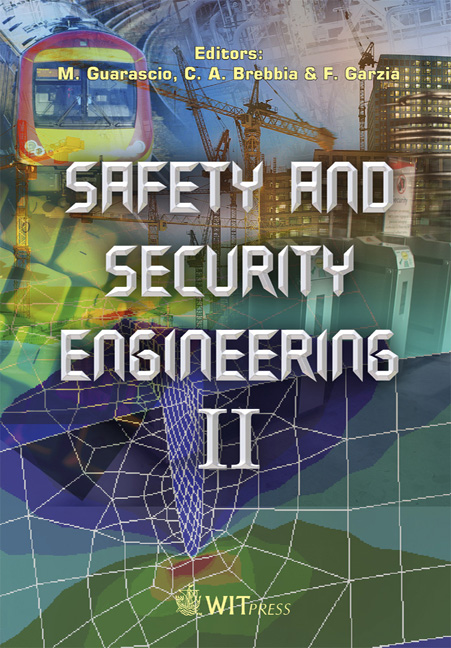Patterns And Rates Of Crime Evolution In Mexico
Price
Free (open access)
Transaction
Volume
94
Pages
9
Published
2007
Size
283 kb
Paper DOI
10.2495/SAFE070121
Copyright
WIT Press
Author(s)
D. E. Santos-Reyes & J. R. Santos-Reyes
Abstract
Mexicans are fearful and concerned about the waves of crime that have permeated the fabric of their cities and even that of small villages. In order to understand the growth of crime, institutions need to answer a key question about the rate of change of crime: How does crime evolve through time? Both academia and the public sector have paid significant attention to crime issues over the last few years. Existing approaches to crime seem to view it as an isolated event and very little attention has been given to the study of the behaviour of crime through time. This research project uses a generalised logistic model and nonlinear regression in order to develop an understanding of the dynamics of crime in Mexico. It seems that crime performance is an orderly diffusion process. The patterns of temporal diffusion of crime seem to grow slowly at the beginning, followed by an accelerating and then decelerating growth, culminating in saturation or decline. It is hoped that this sheds some light on a better understanding of the rate of crime change so that improved approaches can be formulated for preventing and controlling crime. Keywords: crime, S-curve, diffusion, systems, non-linear regression. 1 Introduction There are numerous studies, which provide evidence that Mexicans are fearful and concerned about the continuously changing rate of crime [1–3]. The increasing number of crimes of all kinds has permeated the fabric of their cities
Keywords
crime, S-curve, diffusion, systems, non-linear regression.





